
-----
Sticky surface after anodising
Q. I recently got some computer side panels stripped of their black anodizing and re-anodised in clear.
Photo of original finish:
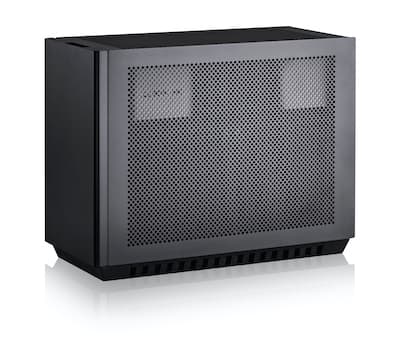
The finish I was hoping for:
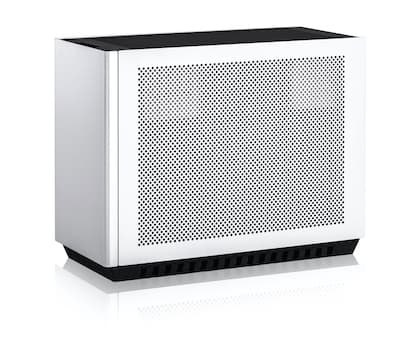
for Shops, Specifiers & Engineers

avail from eBay, AbeBooks, or Amazon
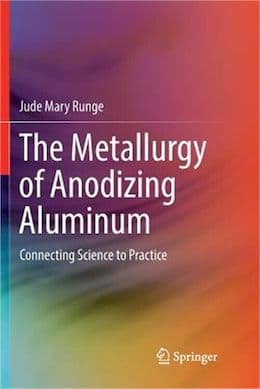
avail from eBay, AbeBooks, or Amazon
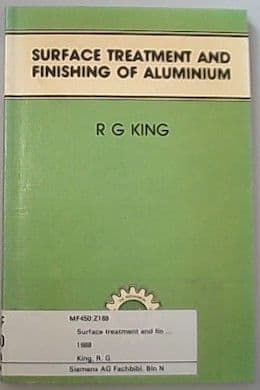
avail from eBay, AbeBooks, or Amazon
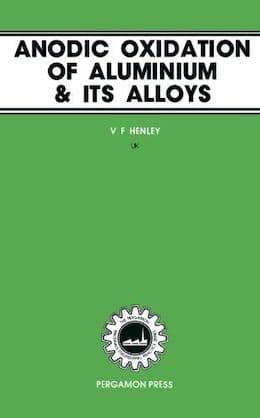
avail from eBay, AbeBooks, or Amazon
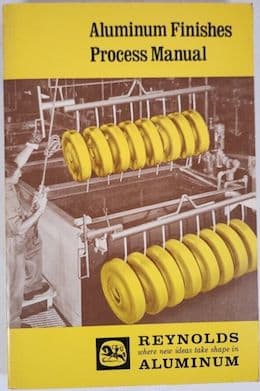
avail from eBay or Amazon
(as an Amazon Associate & eBay Partner, we earn from qualifying purchases)
When I got them home and opened the package I noticed that they are far more yellow (photo attached) ⇩ than I had hoped and are slightly tacky to touch.
There are also black spots on the panels in unfortunately obvious locations (assumedly from where the pieces were held while stripping), but the company I took them too has graciously offered to reprocess them for me free of charge.
I will obviously ask about the colour/texture when I take them back, but I was hoping someone here might be able to clarify whether it is realistic for me to expect a "nicer" finish, or if it is simply caused by the alloy etc.
Thanks.
- Melbourne, Australia
January 19, 2024
A. Hello D,
Probably neither you nor we know the alloy, but if it's offered in clear and black it's probably a suitable alloy for decorative anodizing. "Stickiness" or "tackiness" is almost always a sign of insufficient sealing.
We didn't receive the pic of what you actually got (you can attach it in email to mooney@finishing.com), but it sounds like you've hooked up with a responsible anodizing shop who wants to make things right; I think you can expect it to look the way you hope, with no yellow tint nor black spots.
Luck & Regards,

Ted Mooney, P.E. RET
Striving to live Aloha
finishing.com - Pine Beach, New Jersey
Ted is available for instant help
or longer-term assistance.
⇩ Related postings, oldest first ⇩
Q. Sometimes after anodising we obtain a sticky fell to the surface of our aluminium parts. Has anyone come across this issue and is their a method of eliminating this.
Denis Hoyleanodiser - Nelson, England
2006
Ed. note: Our readers have most often attributed this to improper sealing. Please try searching the site for "sticky seal".
A. Usually the surface is sticky immediate after anodising i.e that indicates either no sealing or insufficient sealing. A die absorption test will confirm this. The remedy is to put back the anodised material to Seal tank for the time require in accordance with the total film thickness.
Regards.
- Dubai, U.A.E.
2006
A. I reckon this is due to poor sealing. Check you process parameters and specifications and just to prove the point, try dying the anodised layer and seeing if it stays fast.

Trevor Crichton
R&D practical scientist
Chesham, Bucks, UK
2006
A. Inadequate rinsing after anodising often can contribute to the problem faced by you. Try at least 2 rinses and thereafter proper sealing as already suggested by other readers.
Regards,
- Delhi, India
2006
Q. Hi,
I'm adding new sealing tank with nickel acetate (warm sealing with temp 60 - 70 °C) to speed up my productivity. However I'm still using my old sealing/old tank (cold sealing, nickel fluoride especially for my EC coloring). Sometimes I found some pieces sticky for clear and color coating upon warm sealing or cold sealing. Is there someone tell me what is the reason? Is it because I'm using the same rinsing for both seals? Please advise.
- Surabaya, East Java, Indonesia
April 17, 2012

Aluminum How-To
"Chromating - Anodizing - Hardcoating"
by Robert Probert
Also available in Spanish
You'll love this book. Finishing.com has sold almost a thousand copies without a single return request :-)
A. Nickel acetate and acetic acid are "sticky", you are not rinsing it off.

Robert H Probert
Robert H Probert Technical Services
Garner, North Carolina

A. Sticky = poor sealing.

Jeffrey Holmes, CEF
Spartanburg, South Carolina
Q, A, or Comment on THIS thread -or- Start a NEW Thread
